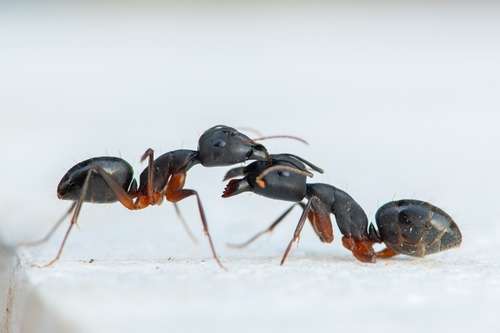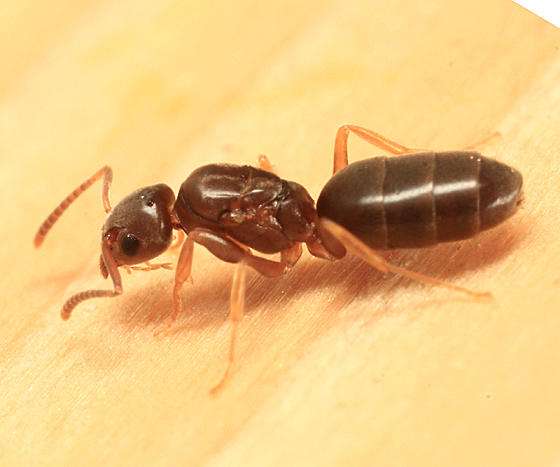
Within the Formicidae, the Formicinae is a subfamily that includes ants with a moderate level of evolutionary development.
With the exception of subterranean groups, formicines still have certain primitive characteristics, such as the presence of cocoons around pupae, the presence of ocelli in workers, and little inclination to reduce palp or antennal segmentation. Mandibles rarely undergo extreme alteration, with the exception of the genera Myrmoteras and Polyergus. The creation of slaves and symbiosis with root-feeding hemipterans are examples of behaviors that some individuals exhibit significant evolutionary advancement in. Last but not least, all formicines have greatly diminished stings and larger venom reserves, with the venom gland particularly specialized among ants to produce formic acid.
The petiole of every Formicinae member is one segmented and shaped like a vertical scale.
Where do ants often live?
They build nests that vary greatly in complexity and structure. Simple chambers under rocks and other objects are one type, whereas complex networks of chambers reaching deep into the soil are another.
Some lead nomadic lifestyles and frequently move makeshift nests discovered among leaf litter.
They frequently utilize and partially alter existing burrows and crevices, such as beetle holes, in the trees. Some specialized ants assemble nests by weaving silk between leaves.
Frequently seen in and close to homes.
Identification
With no postpetiole present, formicine ants have a single node- or scale-like petiole. The acidopore, which is typically fringed with hairs, is located at the tip of the abdomen. Defense is given by the ejection of formic acid through the acidopore in the absence of a functional sting. The antennal sockets are far behind the posterior margin of the clypeus if the acidopore is obscured by the pygidium and difficult to see. The antennal insertions are not hidden by the frontal carinae, the eyes are well developed (ocelli may also be present), and the promesonotal suture is present and flexible in most formicines.

Biology
Castes of ants, including reproductive queens and monarchs and sterile workers, exist (all of which are female). Although the social structures of ant colonies vary significantly, a colony goes through as it develops and lives three fundamental phases. The first of these stages is called foundation, and it occurs when a young, virgin queen (female alate) departs from her mother’s nest. She flies after meeting and being sex with a couple men. The males quickly pass away without going back to their nests. The female then locates a suitable location to construct her nest in the ground or inside a dying tree. She takes care of her first brood until they are adults while foraging. The colony then moves into the second stage, also referred to as the ergonomic stage. Now, the workers forage, look after the young, and expand the nest while the queen focuses only on egg-laying. Depending on the ant species, this stage, which focuses on colony growth, can last anywhere between four months and five years. The colony finally moves into the reproductive stage when it has reached an appropriate size. New males and queens are now born, and they subsequently depart the nest to start new colonies, restarting the cycle.
Food
Major food sources include honeydew and extrafloral nectar, however the majority are also skilled predators and/or scavengers.
Table





